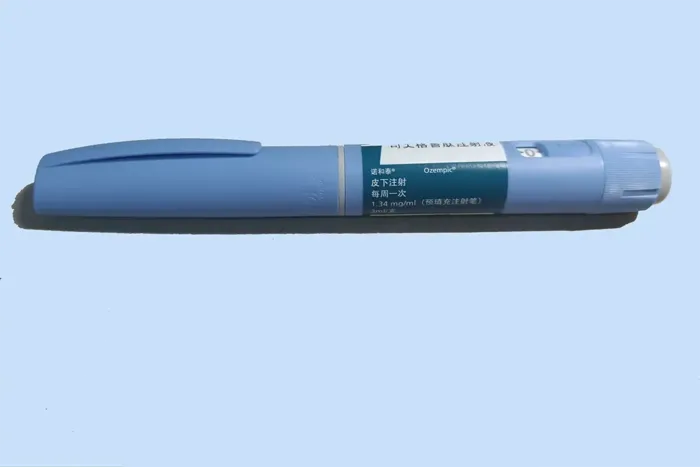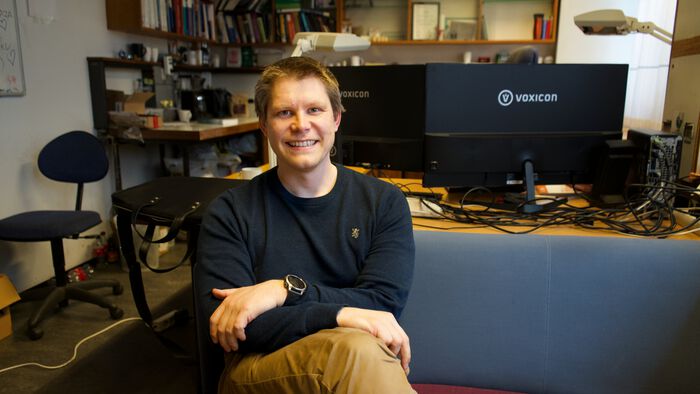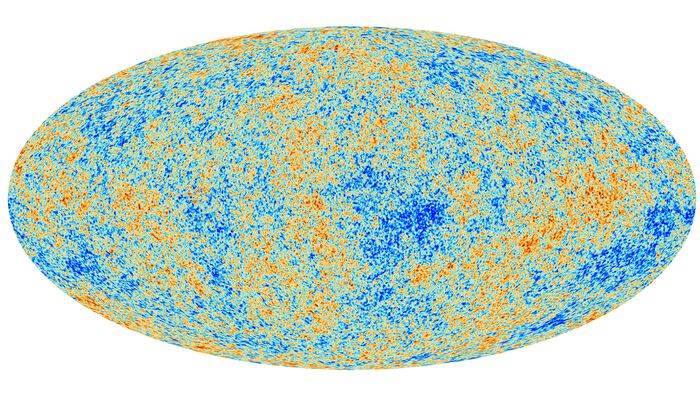Forsker Sven Wedemeyer er tildelt ERC Consolidator Grant, dette er et svært prestisjetungt stipend fra det europeiske forskningsrådet. Wedemeyer får totalt 2 millioner Euro, det vil si omtrent 20 millioner kroner.

– Hva betyr dette for deg og forskningen din?
– Veldig mye. De siste årene har jeg jobbet hardt for å bygge opp et vitenskapelig nettverk med navn SSALMON som forbereder observasjoner av solen med Atacama Large Millimeter/submillimeter Array (ALMA) - ett av verdens største astronomiske anlegg. Det er stor interesse blant forskerne rundt hele verden fordi vi forventer nye, viktige svar på sentrale spørsmål om solen, sier Wedemeyer.
Han påpeker at prosjektet er utfordrende og bare kan gjennomføres med mye støtte - som han nå får fra ERC.
– Det blir veldig spennende de neste årene. UiO kan bli viktig for solobservasjoner med ALMA.
Perfekt timing
Han er naturlig nok veldig fornøyd med ERC-stipendet.
– Jeg gleder meg veldig til prosjektet. Det skal sannsynligvis begynne 1. september neste år, noe som passer perfekt. Det var på mandag siste uke at det ble bestemt at ALMA kan begynne å observe solen i oktober 2016, sier Wedemeyer.
Pengene vil for det meste gå med til personale, litt til utstyr og også til reiser til konferanser. Kanskje blir det 2-3 turer til ALMA i Chile. Wedemeyers team skal bestå av tre postdoktorer og to doktorgradstipendiater.
Kontakt:
Sven Wedemeyer, forsker ved Institut for teoretisk astrofysikk
Wedemeyers oppsummering av ERC-prosjektet sitt:
How are the outer layers of the Sun heated to temperatures in excess of a million kelvin? A large number of heating mechanisms have been proposed to explain this so-called coronal heating problem, one of the fundamental questions in contemporary solar physics.
It is clear that the required energy is transported from the solar interior through the chromosphere into the outer layers but it remains open by which physical mechanisms and how the provided energy is eventually dissipated.
The key to solving the chromospheric/coronal heating problem lies in accurate observations at high spatial, temporal and spectral resolution, facilitating the identification of the mechanisms responsible for the transport and dissipation of energy. This has so far been impeded by the small number of accessible diagnostics and the challenges with their interpretation.
The interferometric Atacama Large Millimeter/submillimeter Array (ALMA) now offers impressive capabilities. Due to the properties of the solar radiation at millimeter wavelengths, ALMA serves as a linear thermometer, mapping narrow layers at different heights. It can measure the thermal structure and dynamics of the solar chromosphere and thus sources and sinks of atmospheric heating.
Radio recombination and molecular lines (e.g., CO) potentially provide complementary kinetic and thermal diagnostics, while the polarisation of the continuum intensity and the Zeeman effect can be exploited for valuable chromospheric magnetic field measurements.
I will develop the necessary diagnostic tools and use them for solar observations with ALMA. The preparation, optimisation and interpretation of these observations will be supported by state-of-the-art numerical simulations. A key objective is the identification of the dominant physical processes and their contributions to the transport and dissipation of energy. The results will be a major step towards solving the coronal heating problem with general implications for stellar activity.




